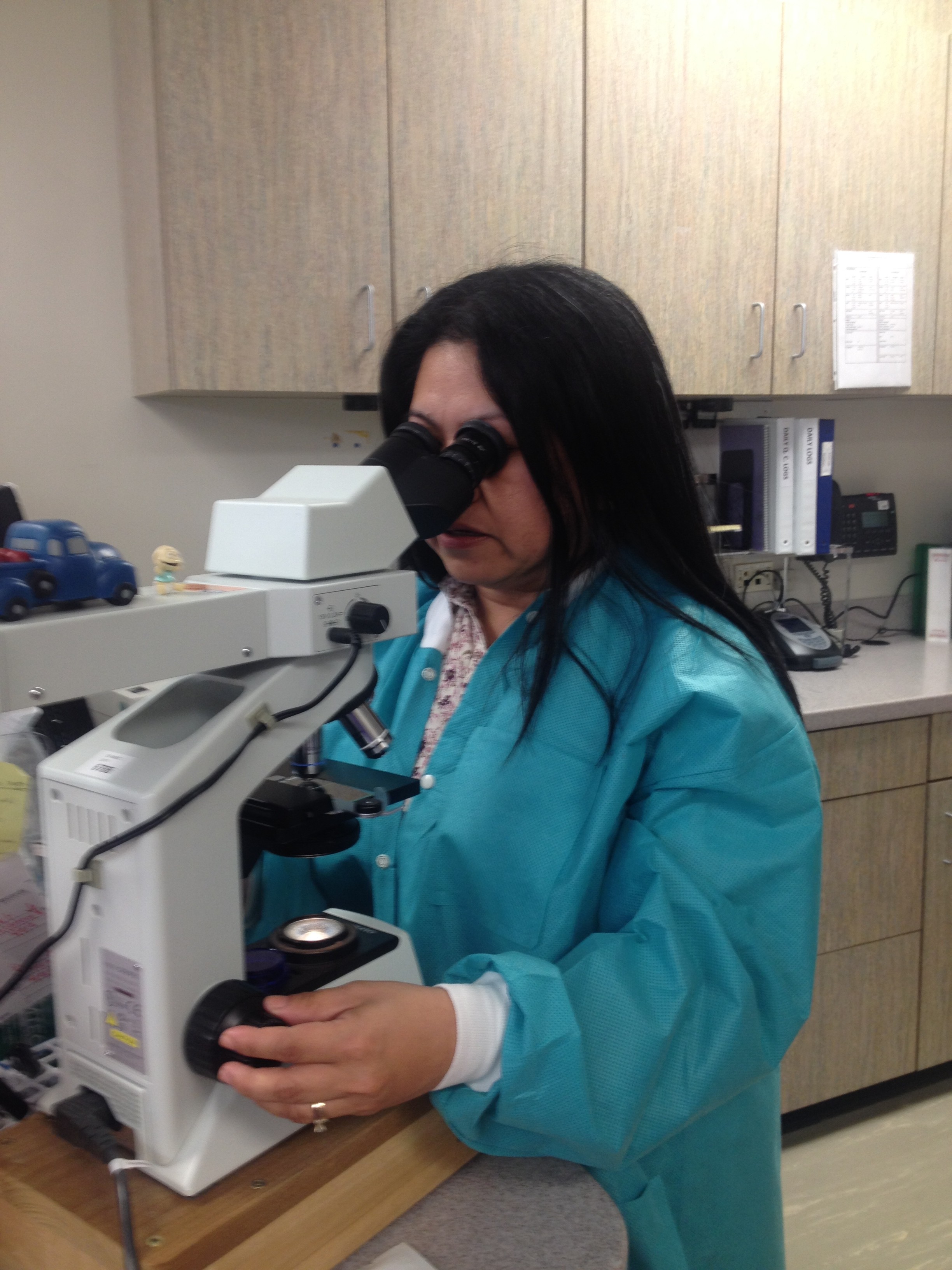
This is another amazing externship week in SR-AHEC. I had the chance to learn about real-world Medical lab with Judy, Kelly and Cassandra. These ladies taught me about the importance of accuracy and precision inside the medical lab.
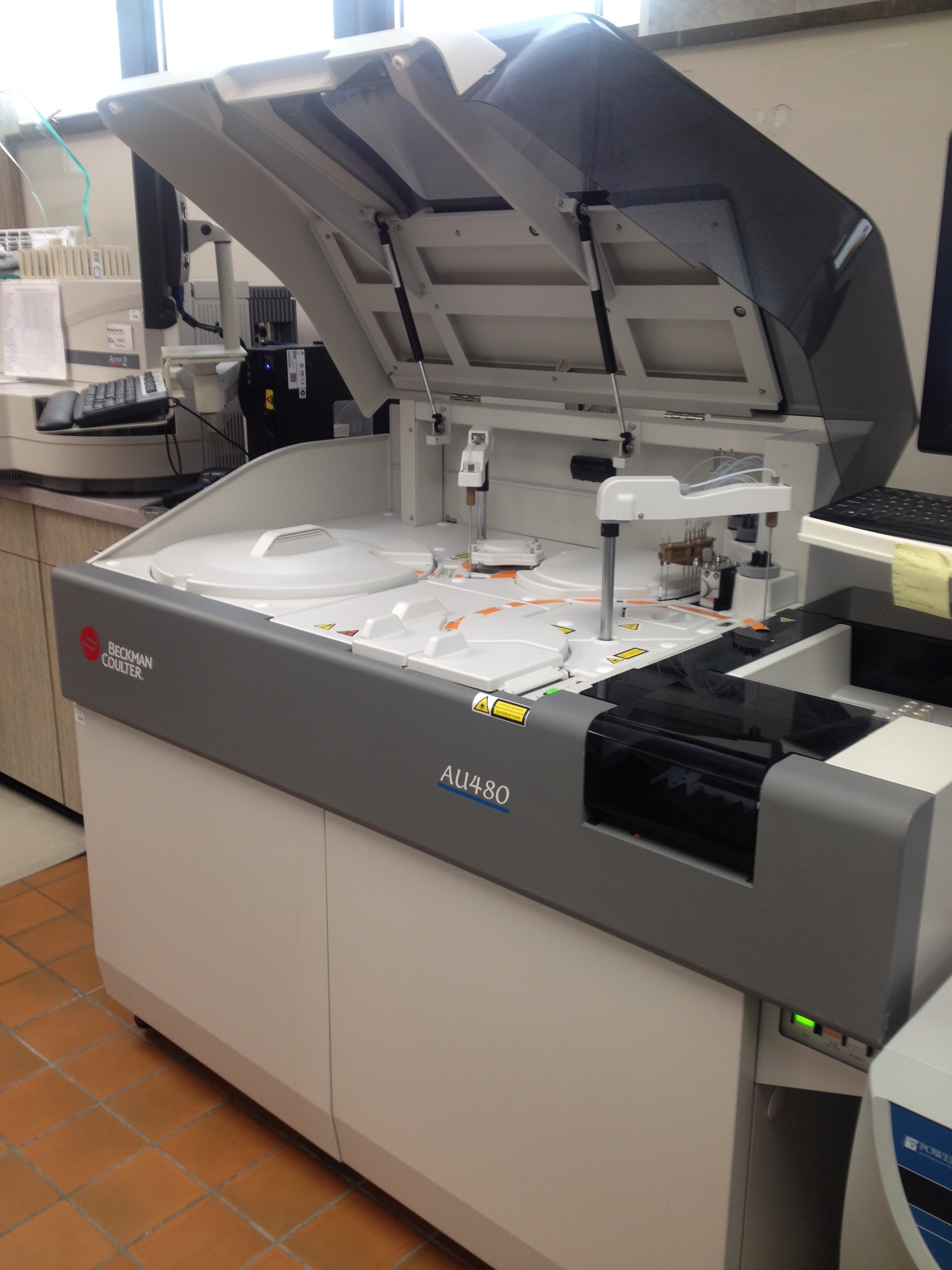
Aside from the amazing Medical lab ladies, I also had the chance to get to know about Max “the mean machine”. Max is an AU480 chemical analyzer in the lab. I did ask why the machine’s name is Max. They said that all laboratory chemical analyzers were named after men because the AU480 are so “needy” like men.
What an amazing week that was!

My journey with Kenan Fellows Program is full of “a-ha” moments. I started my journey as a “young” Kenan learning new technology applications, teaching strategies, new tricks and most of all learning new acronyms!
Here are the new acronyms that I learned during my externship at SR-AHEC:
SR-AHEC – Southern Regional Area Health Education Center; CME – Continuing Medical Education; AHA – American Health Association; EBP Center- Evidence-Based Practices; NICE – Nurses Interested in Continuing Education Program; ORPCE – Office of Regional Primary Care Education; PCMH – Patient Centered Medical Home; CMDT– Current Medical Diagnosis and Treatment; RAP – resistance against pressure; DD – didactic lecture; PCMH – Patient Center Medical Home; EMR – Electronic Medical Record; P4P – Pay for Performance; ACGME – Accreditation Council for Graduate Medical Education; PQRS – Physician’s Quality Reporting System; TLH – Teach, Learn and Heal.
I thought I would never learn about SR-AHEC. I thought it was complicated to put everything about SR-AHEC in developing my curriculum. However, I am very fortunate that my mentor has been super supportive during my externship and also very hands-on in helping me to create a curriculum that is based on real-world STEM focusing on health literacy.

I had a great week with SR-AHEC Continuing Medical Education Department. I had the chance to shadow a “Grand Rounds” at Cape Fear Valley Hospital headed by Dr. Fernando Gonzales from Duke University Hospital. Dr. Gonzales presented a better treatment technology for patients with Cerebral Aneurysm to doctors, residents, Pharm doctors and nurses.

Another Continuing Medical Education session that I attended this week was about Forensic Dentistry. The CME session was headed by Dr. Richard Barbaro. I thought that it was a great experience to learn how forensic dentistry is important in a particular crime scene.
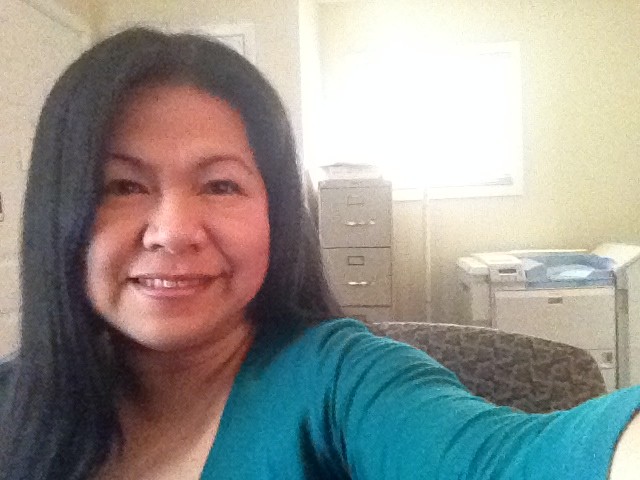
With these great experiences with SR-AHEC,I find it very helpful in writing and developing a curriculum for 8th grade science. The lesson plan that I am currently developing will focus on health literacy, health care providers and health care consumers with real-world applications. I thought that my externship is a perfect match with my 8th grade science biology curriculum. I plan to teach this lesson during the second nine weeks (2nd Quarter).
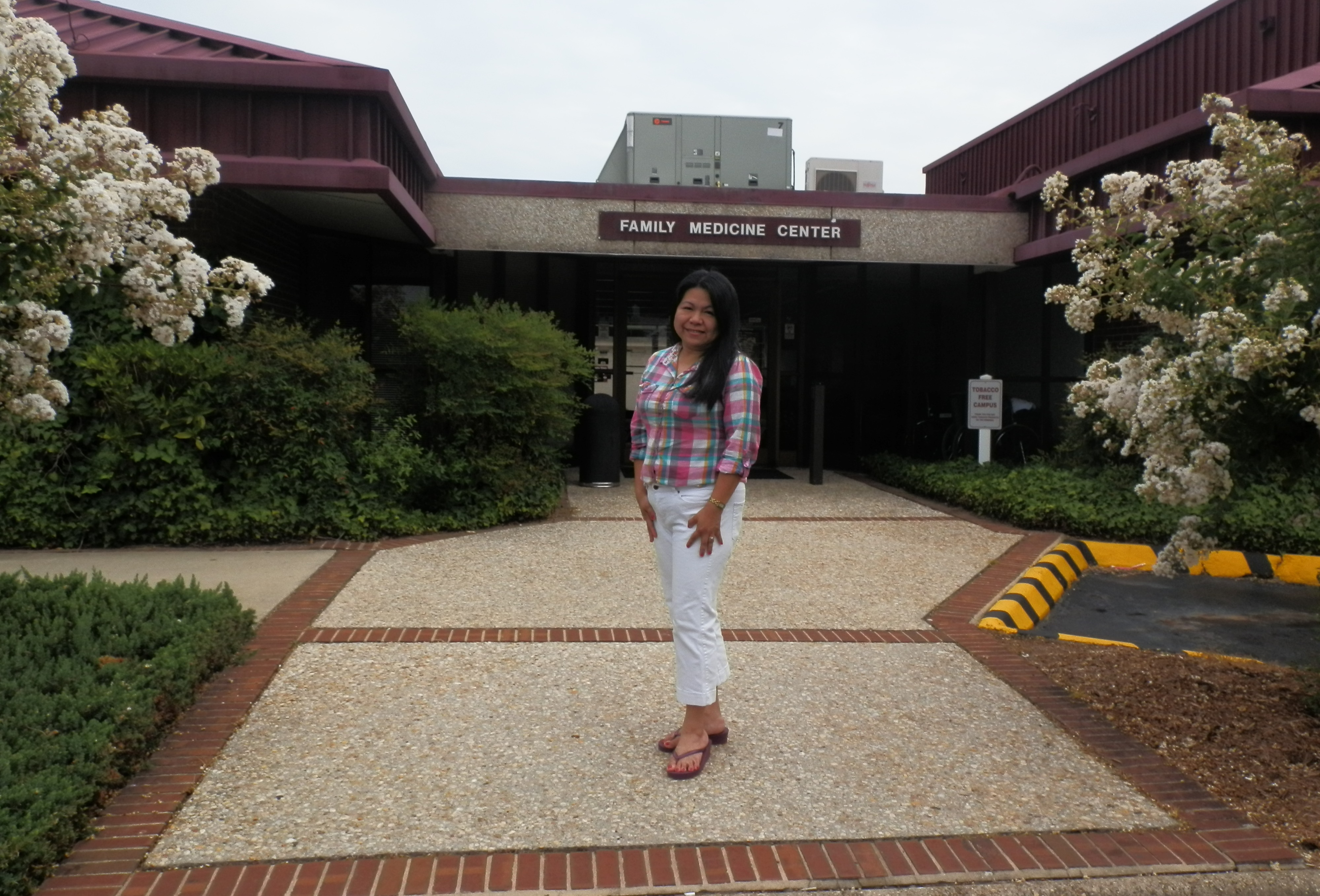
This “selfie” was taken this week when I collaborated with the Continuing Medical Education Department at SR-AHEC.

This has been an awesome week for my externship at the Southern Regional Area Health Education Center or SR-AHEC. Part of my externship was to shadow the AHEC’s Medical and Pharm D residents.
I had the chance to work with Dr. Susan Miller who oversees the residents. With Dr. Miller’s expertise, I had the opportunity to shadow real-world health providers in action inside Cape Fear Valley Hospital. It was so cool and so surreal for me, as a science teacher to sit with the residents during medical “rounds”. It was amazing how the residents work together in analyzing and diagnosing a particular disease or health condition during “rounds”.
This externship provided an excellent idea for me to integrate health literacy in the 8th grade science curriculum. Specifically, this fits the curriculum on analyzing data to determine trends and to determine how infectious disease may spread. I will use this real-world experience to teach and differentiate the curriculum about infectious diseases. I will challenge my students to think like health providers -doctors, nurses and pharm doctors or health consumers- patients. Students will learn about health literacy and apply what they learn about health literacy by becoming an advocate for health literacy in their community.
Can’t wait for next week…
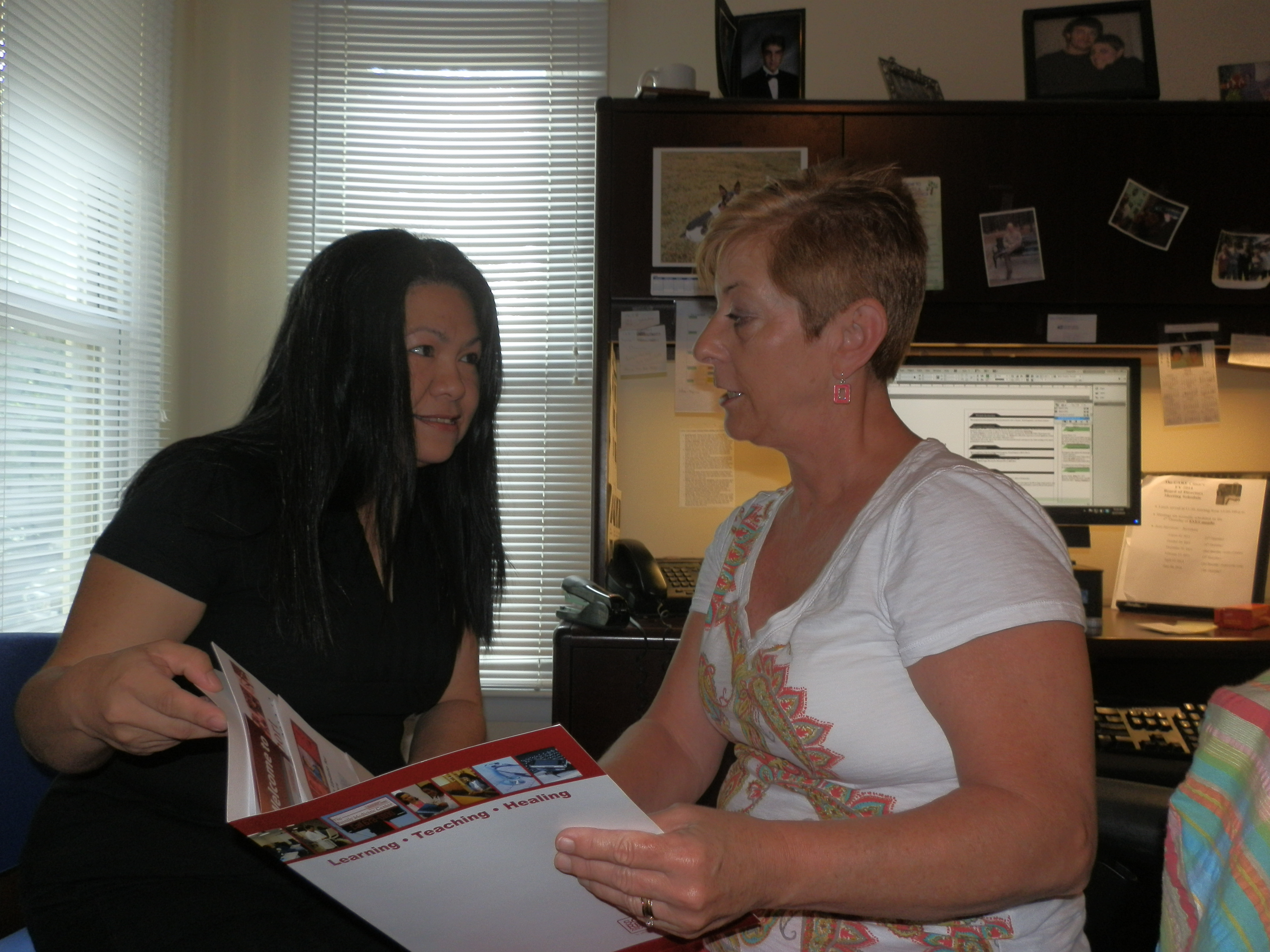
This is when my mentor Karen Mantzouris and I were planning together in developing educational and marketing strategies for the Area Health Career Education Center or AHEC’s health careers and work force diversity program. This program works to improve the supply and distribution of health career workforce and to increase minority representation in the health profession in North Carolina.
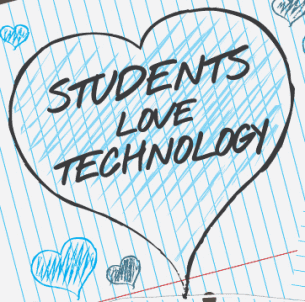 I consider technology as a tool to engage students on a creative level. My students use tablets and software applications in creating project-based learning science activities. Quite frankly, these activities helped my students become more critical thinkers.
I consider technology as a tool to engage students on a creative level. My students use tablets and software applications in creating project-based learning science activities. Quite frankly, these activities helped my students become more critical thinkers.
On the other hand, The use of technology in the classroom creates a lot of challenge to students and teachers. One of the biggest challenge is to teach students on how to become responsible technology innovators in the classroom. It is a difficult challenge for a teacher to teach students about taking extra care on how to use and apply technology as a tool for learning.
Honestly, I spend more time re-teaching, monitoring and advising students to use and apply technology for the purpose of learning only. With this, I do consider it as a recurring challenge every time I integrate the use of technology in the classroom.
Healthcare Innovations in the Classroom Blogs site









